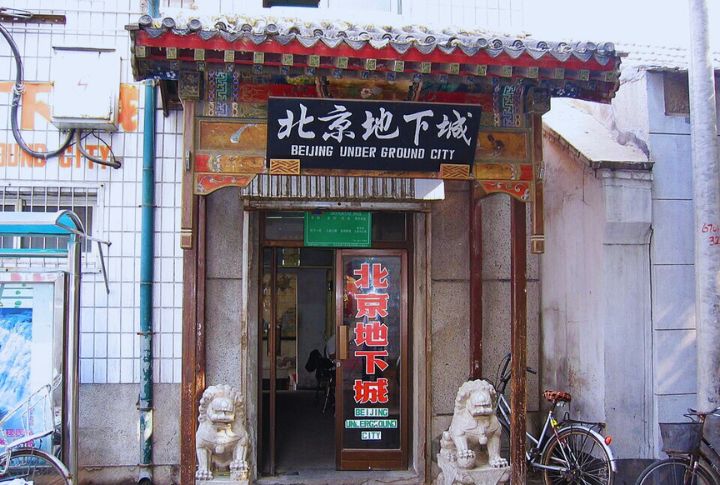
Beneath the bustling streets of Beijing lies a hidden underground city, built during the Cold War to shelter more than a million people. What started as a survival plan turned into a vast network of tunnels, living quarters, and life-support systems. Step inside this secret world to learn how resilience shaped its design and explore the ingenious ways it kept life thriving far below the surface.
Origin Of Beijing’s Underground City
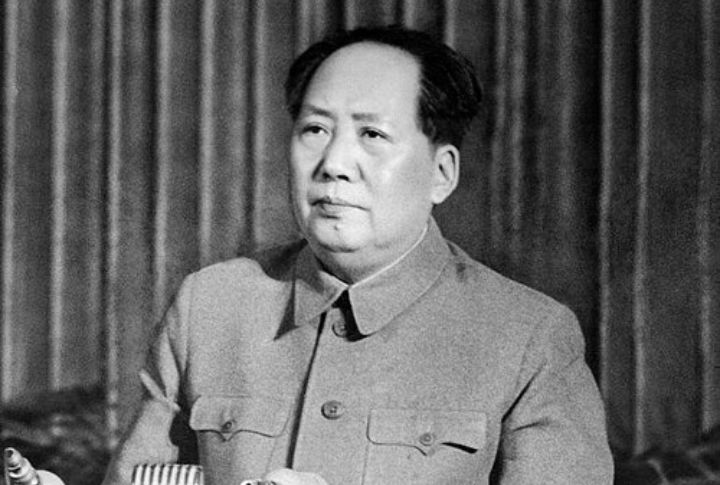
It was 1969, and Cold War paranoia had reached a boiling point between China and the Soviets. Chairman Mao Zedong urgently conceived a massive defense strategy: Dixia Cheng, the “underground city.” A vast network of bomb shelters beneath Beijing was designed to endure nuclear attacks and earned the nickname, the Underground Great Wall.
Scale And Capacity Of Dixia Cheng
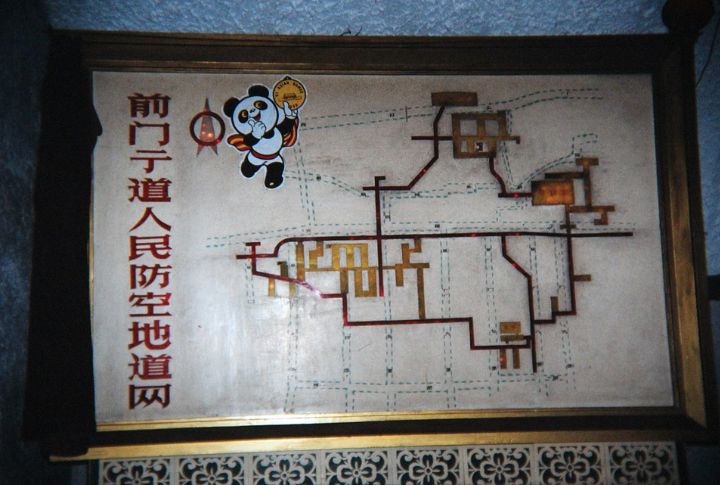
Imagine a staggering subterranean expanse, covering up to 33 square miles right below Beijing’s bustling streets. The labyrinthine tunnels plunge deep, often between 26 and 60 feet underground. Its elaborate network had one chilling, singular purpose: to successfully shelter 300,000 citizens and sustain them for a full four months.
Construction And Volunteer Labor
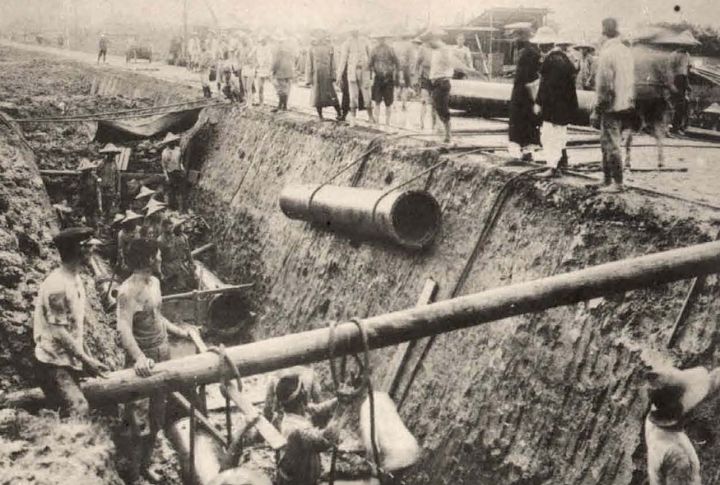
The immense complex wasn’t built by professional crews, but by an extraordinary, collective act of volunteer determination. Throughout the 1970s, thousands of everyday Beijing residents—not builders—wielded simple shovels and bamboo baskets. They methodically carved out an extensive tunnel network that eventually connected countless homes and shops across the city.
Hidden Entrances And Surface Integration
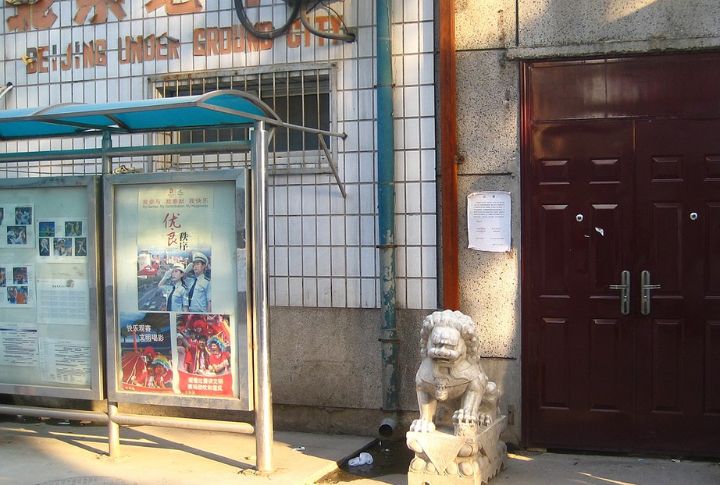
Like something from a spy thriller, a seemingly ordinary shop wall in Beijing once concealed the secret; an invisible, fluorescent map marked the ninety covert entrances to Dixia Cheng. These access points were ingeniously hidden in parks, homes, and storefronts. Most remain sealed today, which protects a classified network few have ever witnessed.
Internal Systems And Amenities
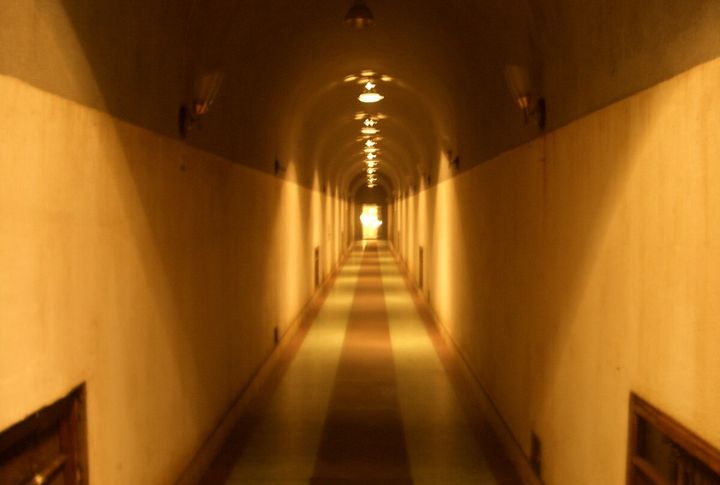
Far surpassing a simple bunker, this sanctuary became a complete, sealed civilization. Massive concrete gates and specialized water- and gas-proof hatches secured the complex. Behind them, life carried on—with schools, hospitals, factories, theaters, and even dark-farming zones designed for self-sufficiency.
Transition To Low-Cost Housing
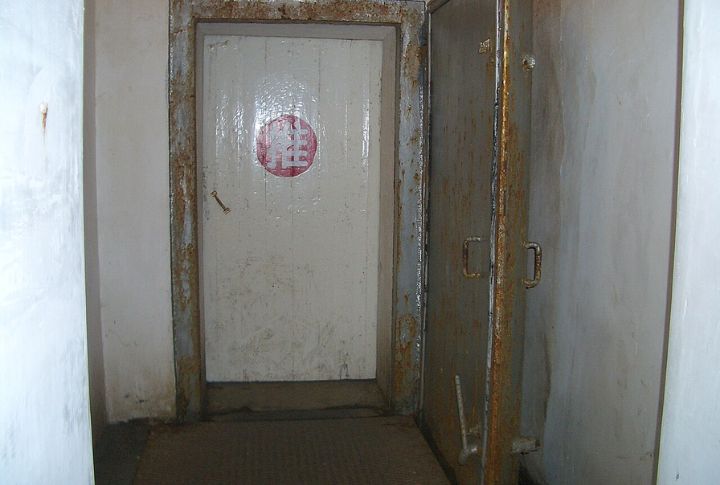
The sprawling Cold War tunnels found a new, necessary purpose. Beginning in the 1980s, facing an urgent need for affordable housing, city planners pragmatically repurposed huge portions of Dixia Cheng. These state-managed underground spaces transformed into low-cost residential units, small offices, and storefronts, usually accessed via basement entrances.
The “Rat Tribe” Demographics
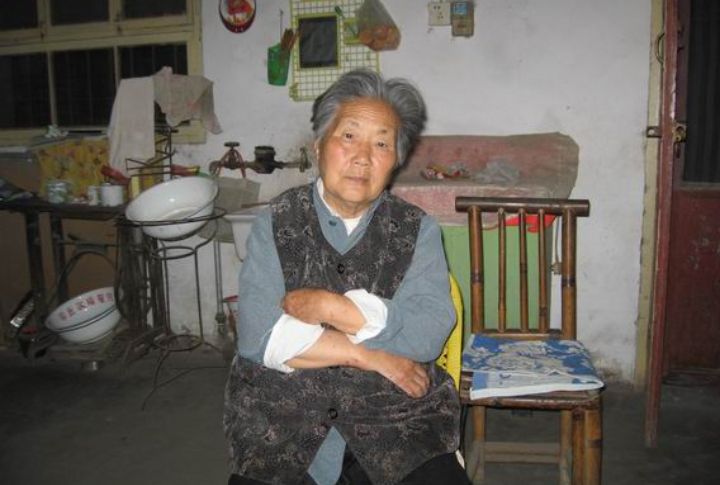
The label “Rat Tribe” describes a deeply resourceful community of young workers and migrants. Unable to afford Beijing’s expensive above-ground rents, they creatively found housing solutions in those converted underground bomb shelters. The resourceful adaptation allowed them to sustain their dreams of working in the city center despite economic hardship.
Health And Living Conditions
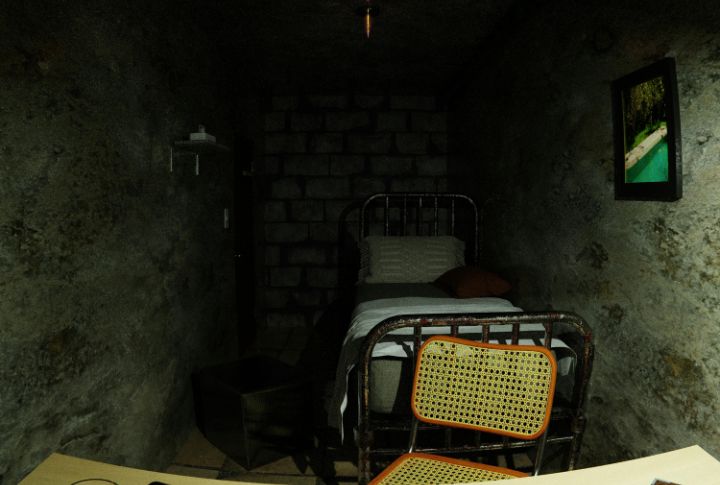
Healthy underground living demands precise environmental controls: excellent ventilation, moisture management, and light solutions. Unfortunately, Beijing’s underground city often lacked these basics. Residents struggled with persistent poor air circulation, cramped quarters, and inadequate sanitation infrastructure, conditions that greatly impacted their daily well-being.
Cultural Representation
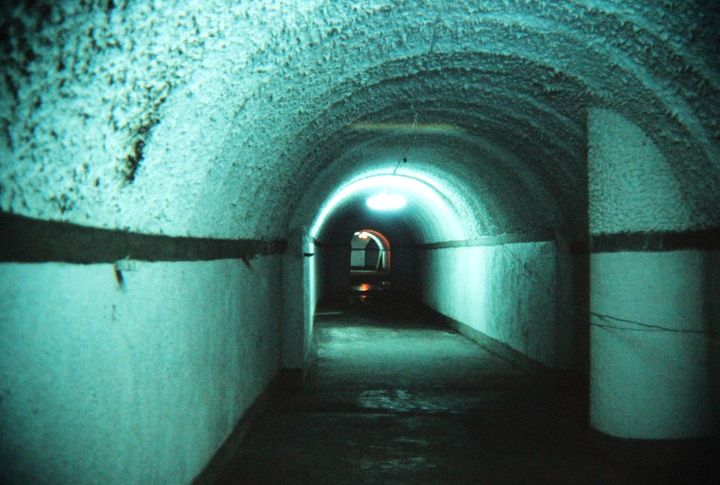
The sheer magnitude of the tunnels quickly captured local imagination. Ghost stories and chilling urban legends about Dixia Cheng’s winding paths circulated widely. Recently, artists and photojournalists documented the harsh reality, bringing the cramped living conditions of the “Rat Tribe” to light through exhibitions that sparked global awareness.
Legal Status And Government Regulation
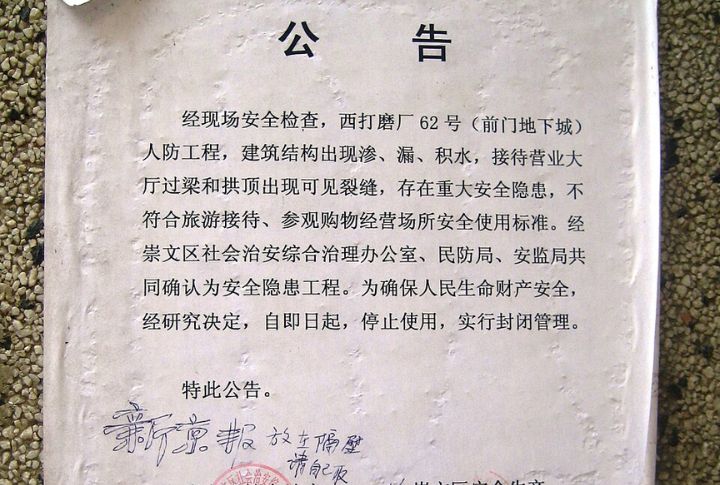
Officially, the narrative is clear: government regulation sealed most Dixia Cheng entrances and now permits only occasional tourist visits due to safety concerns. Rumors of undiscovered tunnels persist, hinting at many more hidden chambers and unexplored networks waiting in perpetual darkness.

